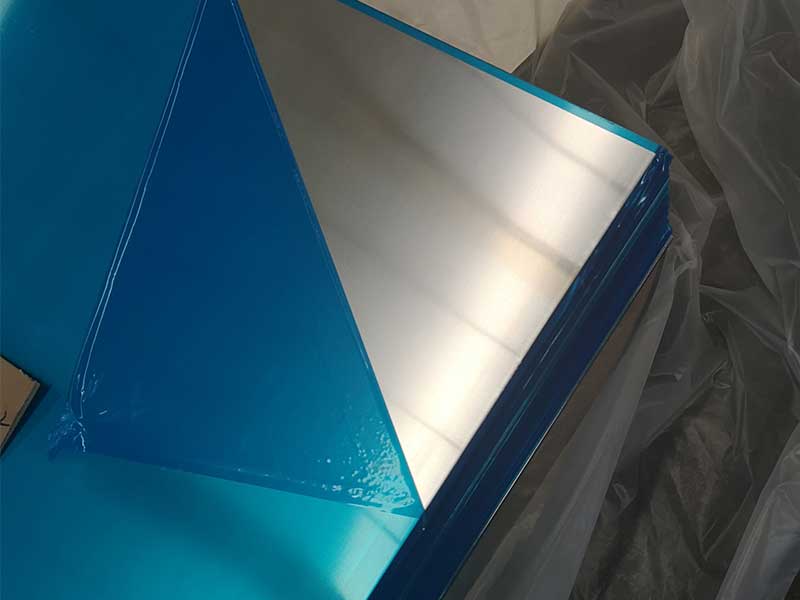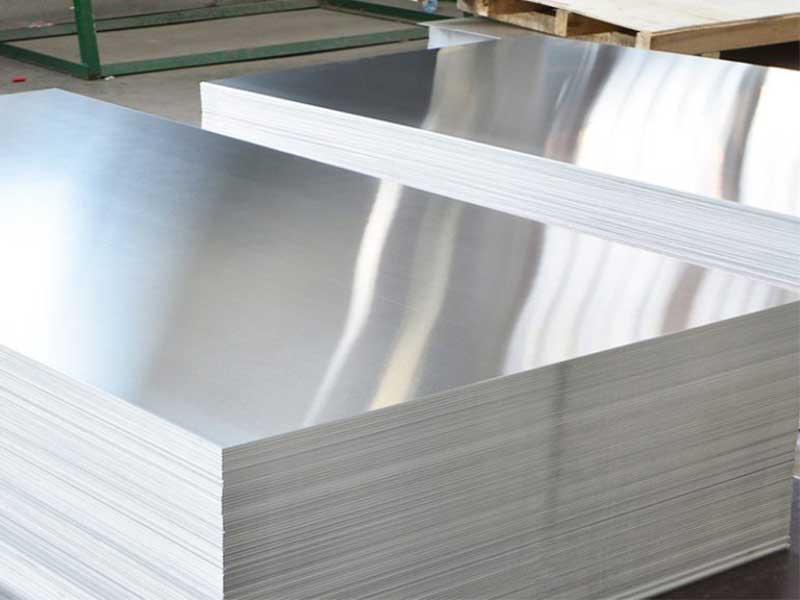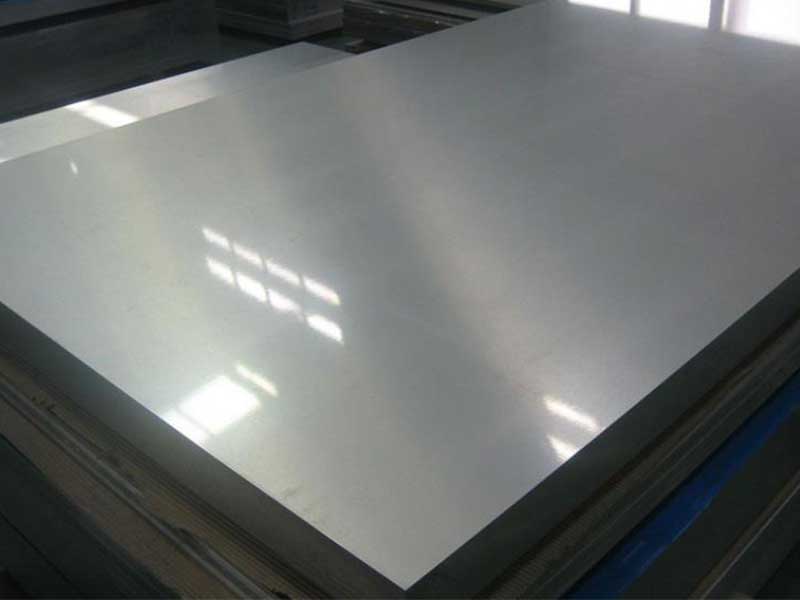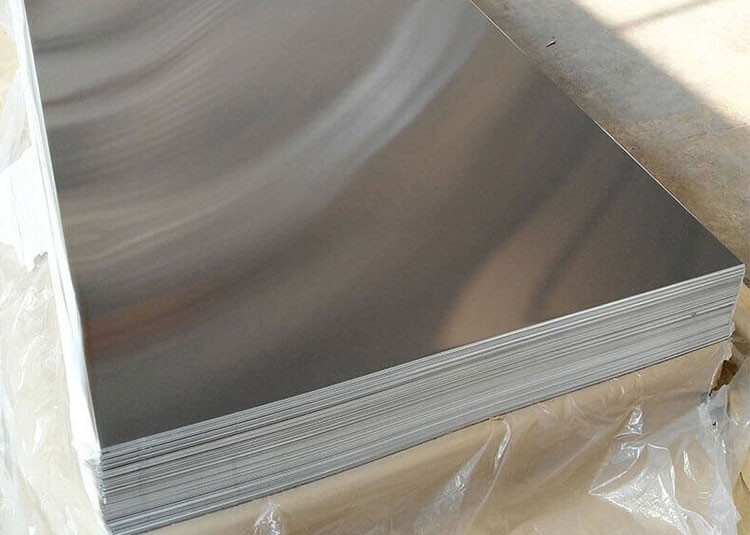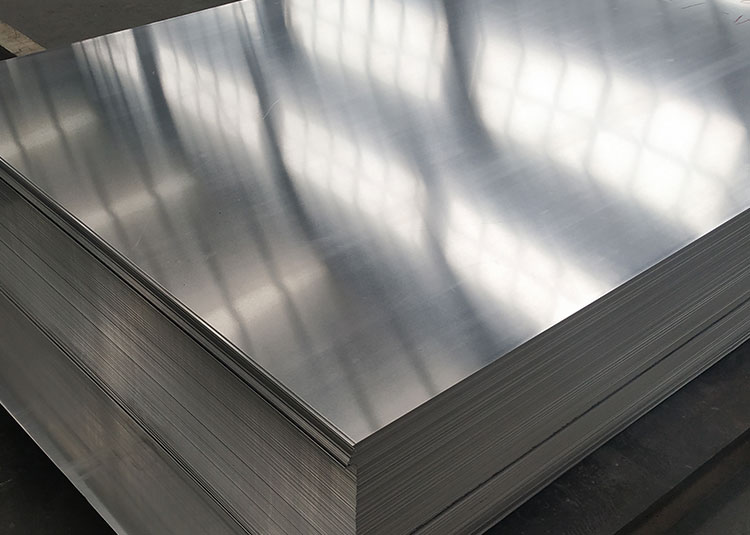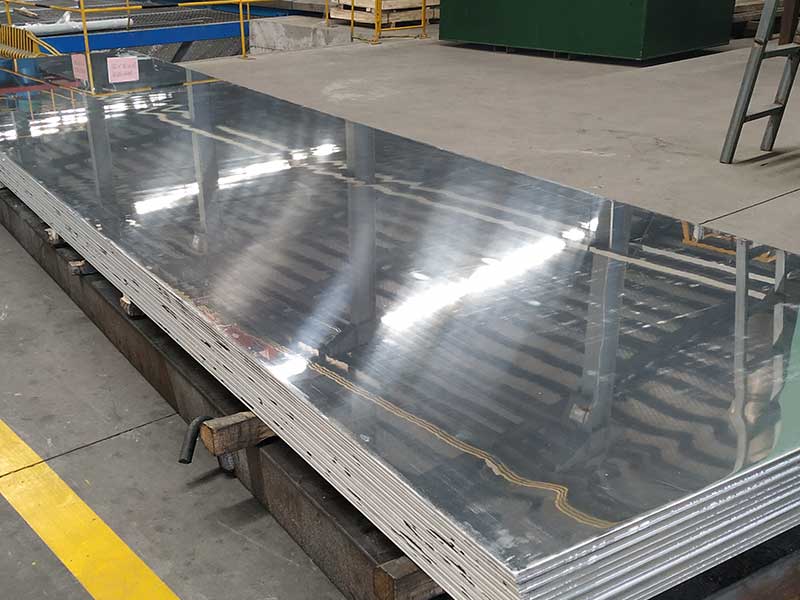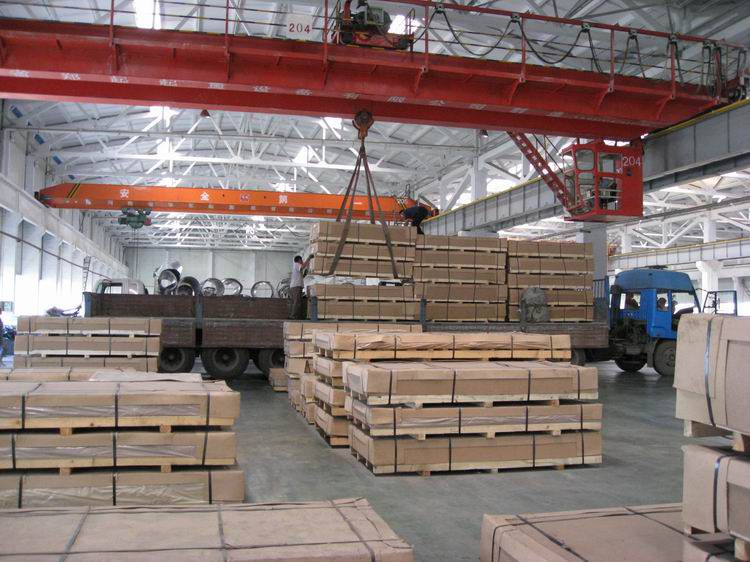When discussing aluminum alloys, one property stands out as a cornerstone in design, manufacturing, and performance analysis: density. While many understand aluminum as “lightweight metal,” digging deeper reveals fascinating intricacies in how alloying alters its density, affecting collisions, heat transfer, structural integrity, and even cost-efficiency.
What Is Density and Why Does It Matter in Aluminum Alloys?
Density is defined as mass per unit volume (approximately grams per cubic centimeter, or g/cm³) and fundamentally expresses how compact a material is. In pure aluminum, this is about 2.70 g/cm³. However, adding alloying elements like copper, magnesium, silicon, or zinc alters this baseline figure. The “density shift” impacts tensile strength, weight efficiency, and performance under mechanical stress—a differentiator between raw aluminum and the versatile aluminum alloys used in advanced industries.
Working with aluminum sheet daily, I've come to appreciate the subtle yet significant variations in density across different alloys. It's not just a number on a spec sheet; it's a practical consideration influencing everything from the ease of handling large sheets (higher density means heavier sheets) to the precision required in automated cutting and stamping operations. A seemingly small difference in density can affect the outcome of a production run, especially when dealing with high-speed processes. We often have to account for density variations when calculating material usage for specific projects, particularly when mixing alloys or using recycled material with an uncertain composition. the density isn't just about physics; it's about anticipating and mitigating potential problems on the factory floor.
Beyond the direct production aspects, the density of our aluminum alloys influences the final product's characteristics valued by our customers. A slightly denser alloy might offer improved strength for certain applications, while a lighter alloy is preferable for others where weight reduction is paramount. This interplay between alloy composition, density, and the final application constantly informs our production decisions and our relationships with clients. We frequently have discussions with customers about balancing cost, strength requirements, and weight considerations, with density serving as a parameter in these negotiations. A deep of the nuances of aluminum alloy density is not just a technical skill, it's a critical element of effective communication and collaboration.
From a holistic viewpoint, density intertwines with physical and metallurgical properties by influencing:
- Structural rigidity: Heavy alloys often correlate to increased stiffness.
- Vibration damping: Density affects how vibrations travel through aircraft skins or automotive panels.
- Thermal conductivity vs. weight paradox: Some denser alloys provide better heat dissipation due to embedded elements.
how these variables act interchangeably is crucial when specifying aluminum sheet products for sectors like aerospace, automotive, construction, or packaging.
The Science Behind Density Variations in Aluminum Alloys
At the atomic level, what causes differences in aluminum alloy density? Aluminium atoms have consistent size, but silence the spotlight on alloying elements and grain structure manipulation—those are the architects altering volumes on microscopic stages.
- Atomic Masses of Additives: Elements like copper (63.5 g/mol) or zinc (65.4 g/mol) have larger atomic masses than aluminum (26.98 g/mol). As these atoms occupy lattice sites inside the base metal, the overall mass per volume naturally shifts depending on how much or little alloy is added.
- Interstitial Imperfections and Atomic Packing: The addition doesn’t uniformly increase density—you may find lattice strains cause porosity or non-uniform bond spacing. Variations in cooling or heat treatment create differences in crystal size, further modulating density on fine scales.
For example, the popular 6xxx series alloys (e.g., 6061 aluminum sheet) achieve a density value near 2.70–2.78 g/cm³, combining strength and corrosion resistance without drastically increasing weight. Meanwhile, 7xxx series alloys (aluminum-zinc-based) climb slightly higher near 2.80 g/cm³ but yield excellent fatigue resistance—---@ crucial tradeoff.
Practically Applying Aluminum Alloy Density in Engineering Projects
To design products or components with precision, engineers must assign accurate density values during:
- Finite Element Analysis (FEA): FEA simulations predict stress and deformation; incorrect density skews results drastically.
- Weight Calcs in Aerospace and Automotive: When dealing with hundreds of kilometers of aluminum sheets or panels, density fluctuations equate directly to hundreds of kilograms in payload or fuel saved.
- Cost vs. Performance Evaluation: Denser alloys sometimes cost more per kilo but deliver enhanced mechanical characteristics striving for the best material budget tradeoffs.
Thus, the primarily published table of densities for aluminum alloys should be consulted dynamically, cross-referencing heat treatment condition, composition range, and manufacturing process.
A Distinct Importance in Sustainability and Recycling
Aluminum is famously recyclable, contributing substantially to sustainable manufacturing. From a density perspective, melting recycled aluminum alloys must consider compositional and density differences to avoid quality deterioration:
- Higher TRICYCLE rounds reaching batch inhomogeneity change density, impacting melting temperatures and final product characteristics.
- density’s microscopic causes remains a physics-insightful lever controlling how environmental standards and economic feasibility intersect in circular aluminum usage.
Final Thoughts: Seeing Aluminum Alloy Density as More Than a Number
Rather than viewing aluminum alloy density as a fixed-technological footnote, it’s beneficial to appreciate it as an active player bridging chemistry, physics, engineering, and sustainability. Our aluminum sheets carve global great structural designs because beneath their polished surface lies years of atomic arrangements influencing properties fundamental to innovation.
The right density selection defines strength, increases efficiency, reduces waste, and ensures success.
If you’re searching for premium, specification-perfect aluminum sheets or expand your of this lightweight marvel’s density, look guide-designed, industry-tested products. Meet industry demands without compromise—only at your trusted aluminum alloy providers.
Keywords: aluminum alloy density, aluminum sheet density, aluminum density variations, aluminum alloy properties, lightweight metals, 6061 aluminum sheet, 7xxx series aluminum density, aluminum recycling density, engineering aluminum alloys


